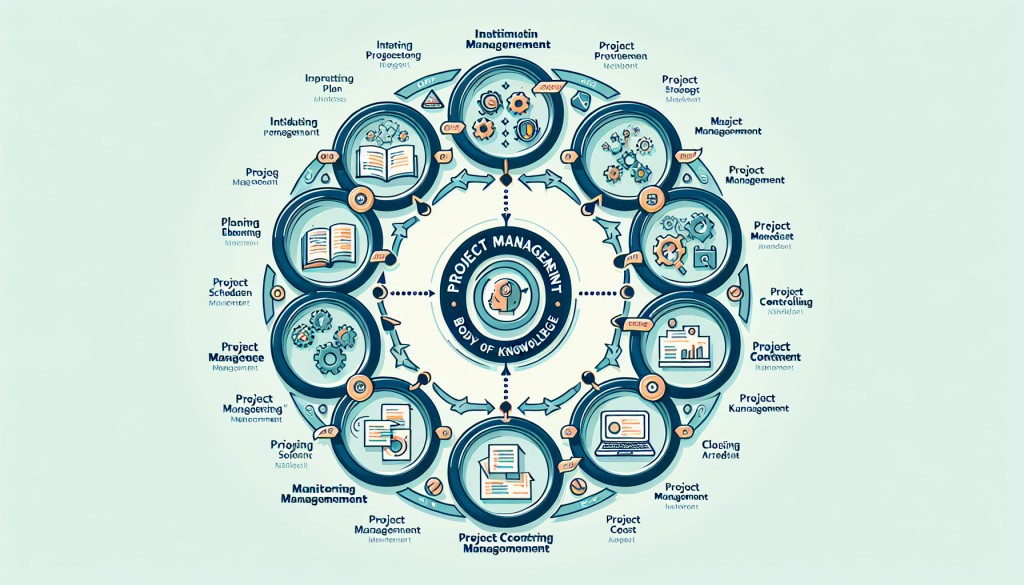When it comes to project management frameworks, two of the most widely used and respected methodologies are PMBOK and PRINCE2. How to Implement PMBOK Principles in Agile Environments . Both have their own strengths and weaknesses, and the choice between the two often depends on the specific needs and preferences of the organisation or project team.
PMBOK, which stands for Project Management Body of Knowledge, is a comprehensive guide to project management developed by the Project Management Institute (PMI). It provides a set of best practices and standards for managing projects, covering areas such as scope management, time management, cost management, and risk management. PMBOK is highly flexible and can be applied to projects of any size or complexity.
On the other hand, PRINCE2, which stands for Projects IN Controlled Environments, is a project management methodology developed by the UK government. PRINCE2 is more prescriptive than PMBOK, with a defined set of processes, roles, and responsibilities that must be followed. It is particularly well-suited to larger, more complex projects where strict control and governance are essential.

So, which project management framework is better? The answer largely depends on the specific needs and preferences of the organisation or project team. PMBOK is a more flexible and adaptable framework, making it suitable for a wide range of projects. PRINCE2, on the other hand, provides a more structured approach with clear guidelines and processes.
Ultimately, the best approach is to evaluate the requirements of the project and the capabilities of the team to determine which framework will be the most effective. Some organisations may even choose to combine elements of both PMBOK and PRINCE2 to create a hybrid approach that meets their specific needs. Whichever framework is chosen, the key to successful project management is effective communication, collaboration, and teamwork within the project team.